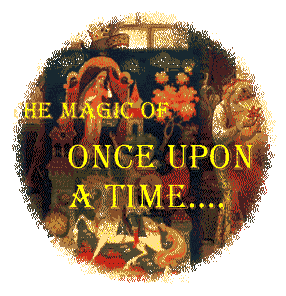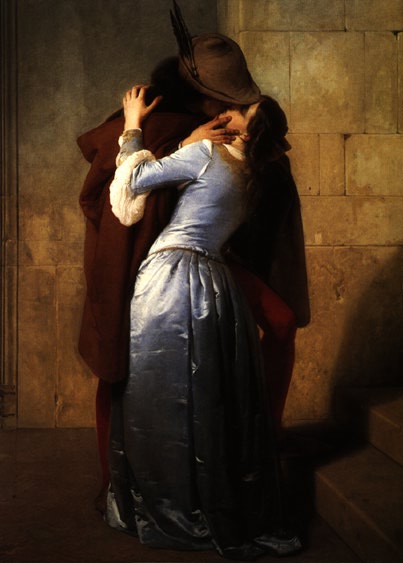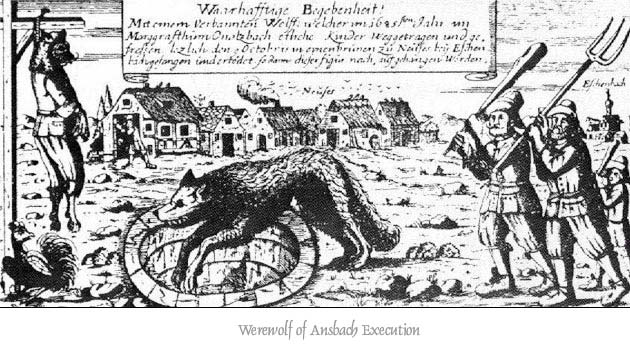|
Narrative Logo - Click for Main Menu Lecture V: Tale Types and Motifs
Your final assignment for this week is to read about the most famous Dead Legend - the Grateful Dead. In 1999, my essay, "The Grateful Dead Legendstock," was published in Perspectives on the Grateful Dead. Robert Weiner, ed. Greenwood Press. Fall, 1999. I have put it up for you to read. It traces the influences of The Grateful Dead Motif. (note: in this web-study section, the pages will open as new windows, be sure to close windows when you are done to preserve machine resources!!) In our continuation of Tale Types - Death - this special study session on Vampires, Zombies, Werewolves, and other Undead.
Caption: A Modern Vampire "Decayed monsters with naked bone showing
through their dried skin, traffic accident victims, the Our fascination with Ghosts has several parallel folk equivalents. Vampires, Zombies, Werewolves, and the forms of the Undead are legion in folklore and have as much popularity today as in the past. Zombies
1) Zombie Flesheaters Bullfinch's Mythology idenitifes the Zombi with a Haitian origin, a feature of the vodun cult. A zombie is a human being whose soul, having been "stolen" by a worker of evil magic, becomes as though dead. The sorcerer digs up the body after its internment (hence the ugly appearance), and proceeds to use it as he wishes. If the zombie is allowed to eat food with salt, or see the sea, he will return to his grave. If necessary, the zombi can be turned into an animal, slaughtered, and the meat sold in the market (watch out!). Many Haitian peasants claim that they have bought such meat, and that it spoils more quickly than other meat. to explore the Zombie phenomenon today - see Zombies on the Web. Davild Chalmers, the creator of this site, is a philosopher from the University of Arizona. He is engaged in studies of consciousness and has written a book The Conscious Mind: In Search of a Fundamental Theory . It is interesting to note the way in which a folk notion has found a home in academia.
Caption: Werewolf blood To see the Haitian roots of the Zombi folklore, you can visit the Voodoo Site .
and, if you aren't scared enough, go on to Vampires
Caption: A dark vampire kisses a woman in pale blue satin The Kiss of the Vampire While vampire stories are found worldwide (India, China, Malaya, Indonesia), they are typically a Slavic concept. The folklore of Russia, Poland, Bulgaria, Croatia, Slovenia abound with vampires. Several theories about this "localization" have been advanced. One traditional Vampire haunt, Transylvania, would seem to have been the ancient passage through a wood. Most of us are familiar with the outlines of vampire myth. The Vampire cannot rest in the grave, but must go out at night to seek human blood for sustenance. It must return to the grave at sunrise (many of these motifs show up in the Motif index under Taboo as well as Death). Anyone bitten by a vampire becomes one on death (or right away in much revisionist legend). Vampires are also caused by a cat jumping over the corpse, and suicides, witches, and those who have been cursed may become vampiric. The vampire can be killed by a wooden stake through the heart, the appearance of light, the ringing of church bells, application of something iron, and, yes garlic. We moderns are rarely hungry enough to desire human blood, but perhaps others have not been so fortunate. In fact, there are so many reincarnations of Vlad Tepes, and his famous son, Dracula, or Vlad the Impaler - from Bram Stoker's famous book Dracula, to the whole series about the Vampire Lestat by Anne Rice, that we might believe in them, after all. Several theories attempt to account for a real and scientific explanation of the Vampire. From the pages of Ken's Everything You Need to Know About Vampires comes one explanation of the oft-cited "Dracula Disease"- one cherished view of what caused the trouble in Transylvania. (He has also speculated about the origin of Vampires and has several stories about minor vampires - may be of interest.) The "Dracula Disease" Another speculation about Vampires concerns the bloody face that is often depicted in folklore. Apparently, in olden times, some hapless characters were buried while they were still alive [this is the scenario in many of the Edgar Allen Poe stories - since the Poe stories are essentially well-crafted ghost tales]. In any case, a person finding him-or-herself alive in a coffin would likely turn over to capture the air at the bottom of the coffin, and would bite lips, etc. as he/she was suffocating. [egad]
much like the Vampire, the Werewolf is an eternal favorite, and, also must do most of his work at night.
Werewolves
Caption: Werewolf calling in old days
The werewolf stories are classified in Thompson's motif system under D113.1.1 - Werewolf, and are associated with a number of other motifs about death/enchantment. The word "werewolf" actually means "man-wolf" in Old English (wer = man; wolf = yes, you guessed it!). Yet, even in cultures where wolves are not found, the fear of such a kind of creature exists. In India and Southwest Asia, the animal is the tiger, South American folk stories feature the jaguar, and in Greece and Turkey, we may find a ravenous boar. These tales fall under the Motif of Death, but they are characterized by another common motif, shape-shifting. Shape-shifting stories from around the world can involve the crocodile, the hyena, the leopard and so forth. You might want to think back on the animal gods of Egypt, as well, who are portrayed either as the whole animal, a man with the head of the sacred animal, or as a man (or woman) with a headdress that identifies the animal or its totem. While we are familiar with grown-up wolves, much of the folklore about werewolves involves the potential harm that might come to a child who is turned into a werewolf. Unbaptized babies are particularly vulnerable. Anything can happen! A witch or sorcerer can sneak into the house and brand the child, a pregnant mother can be exposed to the "evil eye," the Devil himself can claim the child (sometimes for reasons that are not clear at all). Holy water is good for protection, but to be perfectly safe, it is recommended that you surround the child's crib with rowan leaves, place a knife or other iron object under the pillow [this reliance on iron to protect one from the supernatural undead is quite curious, and we will examine it in later lectures--some scholars believe it has to do with the advent of the iron age, its value and scarcity at one time]. Also, to seal the bargain, put a piece of communion bread under the pillow, too.
Caption: Sketch of execution of werewolf at Ansbach (Middle Ages) From the Werewolf page: the ways to become a werewolf:
Caption: Werewolf attacks another woman dressed in satin. The Werewolf page is full of fascinating information, sounds, and images.
Caption: same werewolf calling end of Lecture V. for Tale Types and Motifs - Please see Resources Page for more general links!
|






